- Promoting the construction of cross-strait infrastructure meets the needs of deepening the integration of the two sides of the strait
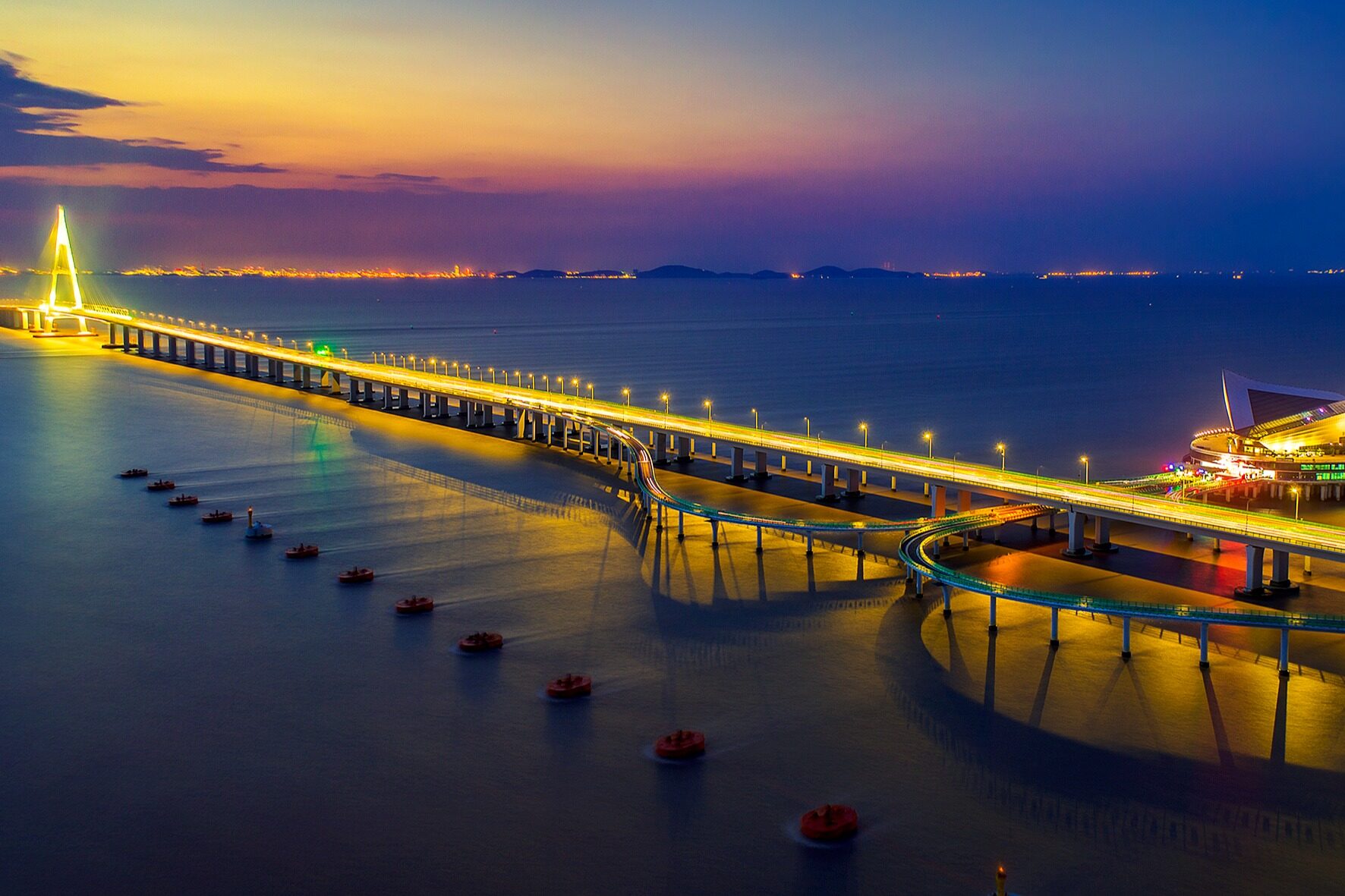
An indispensable part of realizing the great rejuvenation of the Chinese nation is to realize cross-strait reunification and promote cross-strait interconnection. At a recent press conference, a spokesperson for the Taiwan Affairs Office of the State Council stated that the mainland is planning and promoting work related to the construction of cross-strait transportation infrastructure. Relevant parties in Fujian Province have completed preliminary technical plans for bridges with Kinmen and Matsu. The "National Comprehensive Three-dimensional Transportation Network Planning Outline" issued by the Central Committee of the Communist Party of China and the State Council has also planned the construction of the Fuzhou-Taipei branch line. A series of latest developments on the "Taiwan Strait Passage" once again sparked the imagination of people "getting on a train to Taiwan." Behind these seemingly "horses and horses" plans are the decades of hard work and ingenuity pursued by experts and scholars in the engineering field on both sides of the strait.
The "North Line Plan" is more popular
On November 24, Zhu Fenglian, a spokesperson for the Taiwan Affairs Office of the State Council, stated that the Fuzhou-Taipei branch line was planned in the outline issued by the State Council. This is equivalent to announcing that the future "Taiwan Channel" will give priority to the "Northern Route Plan."
Wu Zhiming, a retired professor at the School of Civil Engineering and Water Conservancy of Tsinghua University and director of the Taiwan Strait Passage Demonstration Center of the 21st Century Development Research Institute, told reporters that in the past decades, in the conception and discussion of the "Taiwan Strait Passage", a total of many northern, southern, and central routes have been produced. Plans. The "Northern Route Plan" is to cross the Taiwan Strait from Changle, Fujian to Hsinchu, Taiwan via Pingtan Island, and the two ends of the route are close to Fuzhou and Taipei; the "Middle Route Plan" includes 3 routes from Putian, Fujian to Miaoli, Taiwan via Nanri Island, across the Taiwan Strait. Route: The "Southern Route Plan" runs from Xiamen to Chiayi, Taiwan via Kinmen and Penghu Islands.
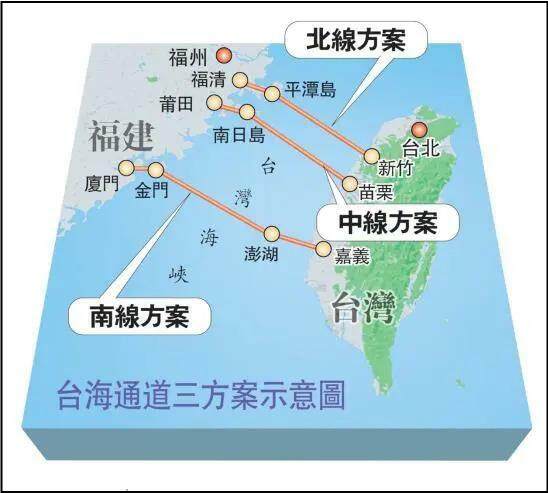
Wu Zhiming said that the two plans of the northern route and the southern route are generally recognized. The "Northern Route Plan" route is relatively short, closer to the main island of Taiwan, with a total length of about 140 kilometers and a cross-sea part of about 124 kilometers. This scheme can realize the railway and highway connecting to Taipei together. It takes about an hour to drive from Fujian, and it takes about half an hour to get to Taiwan by train. At present, we have built the railway bridge through Pingtan Strait and built a railway station on Pingtan Island.
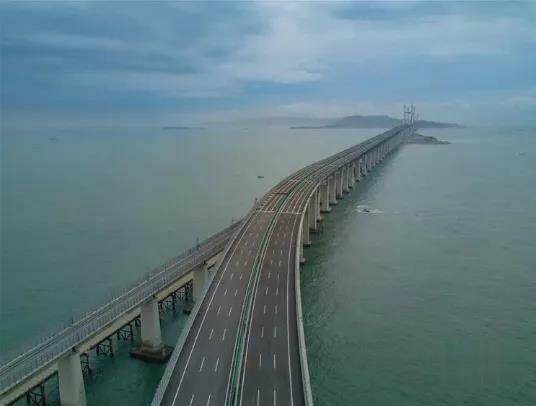
"The length of the southern route is the longest, nearly 240 kilometers, which is almost twice the length of the northern route. Some experts and scholars from Taiwan are more interested in this plan." Wu Zhiming said that in their opinion, the advantage of this plan is Closer to the Xiamen Special Economic Zone, one of the economic centers of the mainland, this route is of great benefit to the development of southern Taiwan.
Wu Zhiming said that some experts from the railway department proposed that both the northern and southern routes could be opened up, and the mainland high-speed rail and Taiwan MRT could be connected to build a ring line connecting Fujian and Taiwan.
Regarding the Northern Line being included in the State Council’s planning outline, Wu Zhiming said that through long-term expert discussions, the Northern Line is the most feasible, but it has not been finalized. Many things are still in the discussion stage and are far from the project implementation.
However, the long-planned cross-sea passage between Fujian and Taiwan’s Kinmen County and Matsu Island may usher in substantial progress. According to Wu Zhiming, the design of the Xiamen-Jinmen Sea-crossing Bridge connecting Xiamen and Kinmen has entered the engineering stage. "The bridge design plan for the Xiamen-Jinmen Sea-crossing Bridge has been released and has been revised several times. It is a relatively mature plan. The compatriots in Kinmen and the mainland are very close, and the relationship is closer, and they have long been looking forward to the connection between the two sides of the strait."
China has this infrastructure capability
There is also the 140-kilometer Taiwan Strait at its narrowest point. The seabed geological structure is complex and geological movements are frequent. The average water depth is more than 60 meters. There is no precedent for the construction of sea lanes in such a geographical environment.
Wu Zhiming said that when the first academic seminar on bridge and tunnel engineering across the strait was opened in 1998, he and some scholars proposed to build a Taiwan Strait tunnel based on the model of the Channel Tunnel. However, this mode can only be used by railways, not cars, because the exhaust generated by cars passing through the undersea tunnel cannot be discharged and will cause harm to the people on the car. Later, the completion of the Hong Kong-Zhuhai-Macao Bridge gave the visionaries new inspiration and confidence. "Using a combination of bridges, islands, and tunnels, most of the sea-crossing passages use bridges, and then two artificial islands are built in the middle of the Taiwan Strait as nodes to connect the sea-crossing bridge and the immersed tube tunnel."
However, the experience of the Hong Kong-Zhuhai-Macao Bridge cannot be fully replicated in the Taiwan Strait. The deepest part of Lingdingyang at the mouth of the Pearl River exceeds 40 meters. It is already difficult to build artificial islands. The average water depth of the Taiwan Strait exceeds 60 meters. In addition, the Taiwan Strait is turbulent, high, and foggy. Bridges on the sea will have to be closed and suspended during the strong typhoon season.
Despite the difficulty, many top experts and scholars expressed the view that there is no technical bottleneck on different occasions. At the Taiwan Strait Passage and Golden Horse Bridge Symposium held in 2019, Meng Fanchao, the chief designer of the Hong Kong-Zhuhai-Macao Bridge, said that after the completion of the Hong Kong-Zhuhai-Macao Bridge, we are very confident in building a large channel across the Taiwan Strait and we have the ability to solve this problem. The engineering and technical issues of the super cross-sea channel. Wu Zhiming also believes that China has built many world-class tunnels and bridges. Although the "Taiwan Channel" will become the longest cross-sea channel in the world, our technical strength can solve these problems.
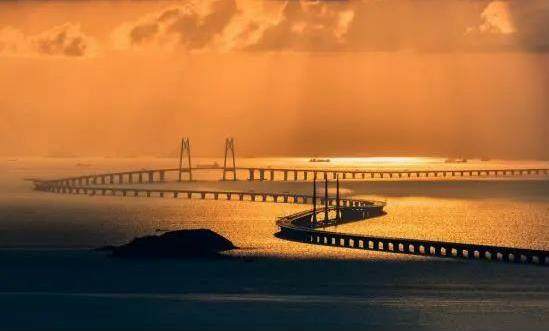
Ge Yaojun, a bridge engineering expert at Tongji University and chairman of the International Association of Bridge and Structural Engineering, once proposed a suspension bridge plan. He told reporters that technology is a problem that does not need to be worried about. In order to ensure that large ships can pass under the "Taiwan Channel" cross-sea bridge, it is necessary to make the span of the suspension bridge large. Currently, the largest ship with the largest tonnage requires a channel width of about 1700 meters. If it is a two-way ship, it needs 3400 meters. When the national "973 Project" concluded in 2017, it was proposed whether the span of the bridge could be 5,000 meters, and now I and my team have achieved this goal.
Promoting cross-strait interconnection, including infrastructure interconnection, meets the needs of deepening the integration and development of the two sides of the strait, and also conforms to the fundamental interests of the compatriots on both sides of the strait. It is understood that some organizations are still studying the submarine tunnel scheme that combines immersed tube tunnels and floating tunnels. This mode that has not been implemented in any country in the world is called "Qianlong Tunnel" by Wu Zhiming. This kind of tunnel is not buried in the seabed, but erected on the piers built along the seabed. "Now this is just an idea, and there is still a lot of research work to be done." Wu Zhiming said. Editor/Xu Shengpeng
Comment
 Praise
Praise
 Collect
Collect
 Comment
Comment
 Search
Search



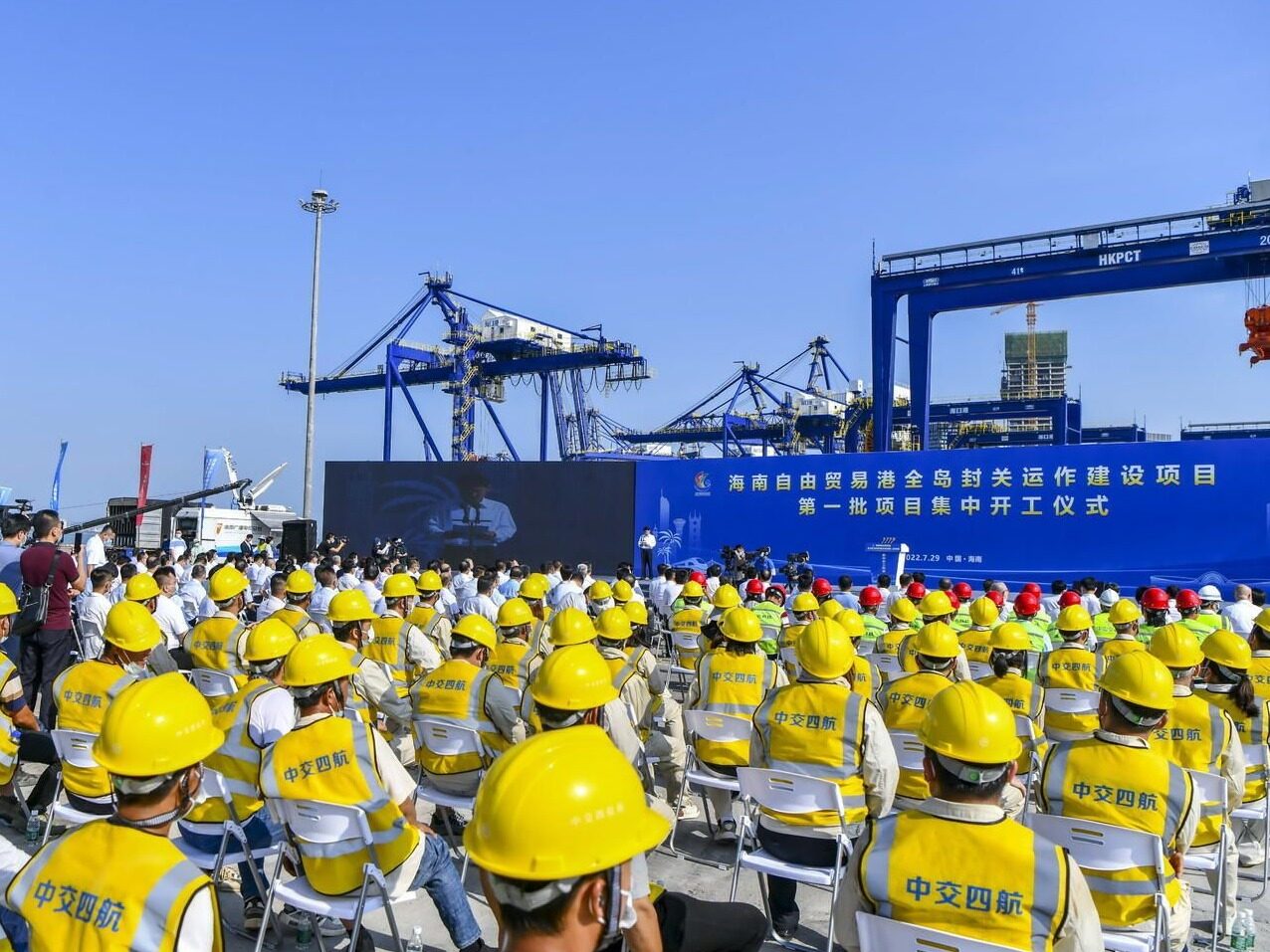
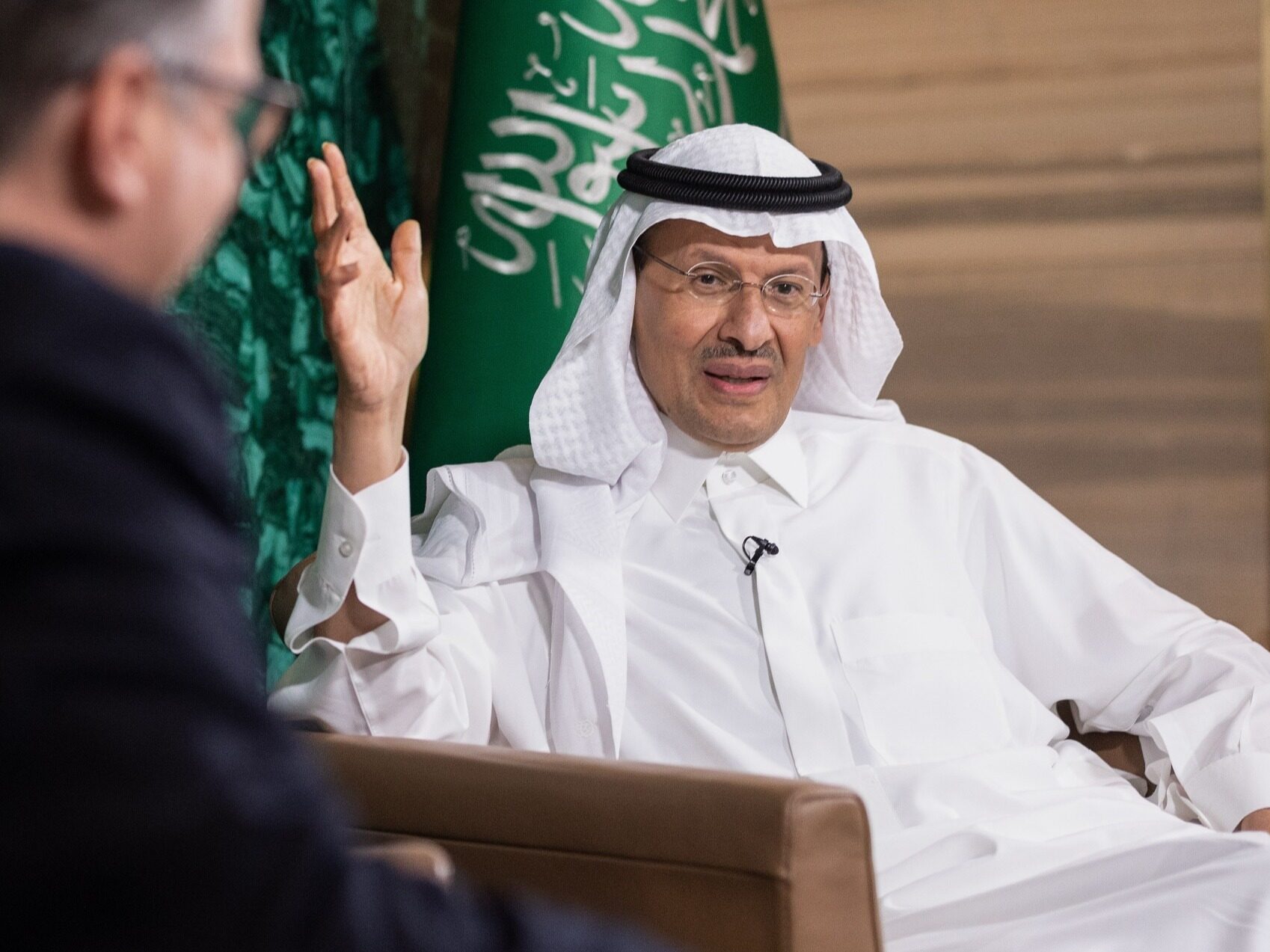
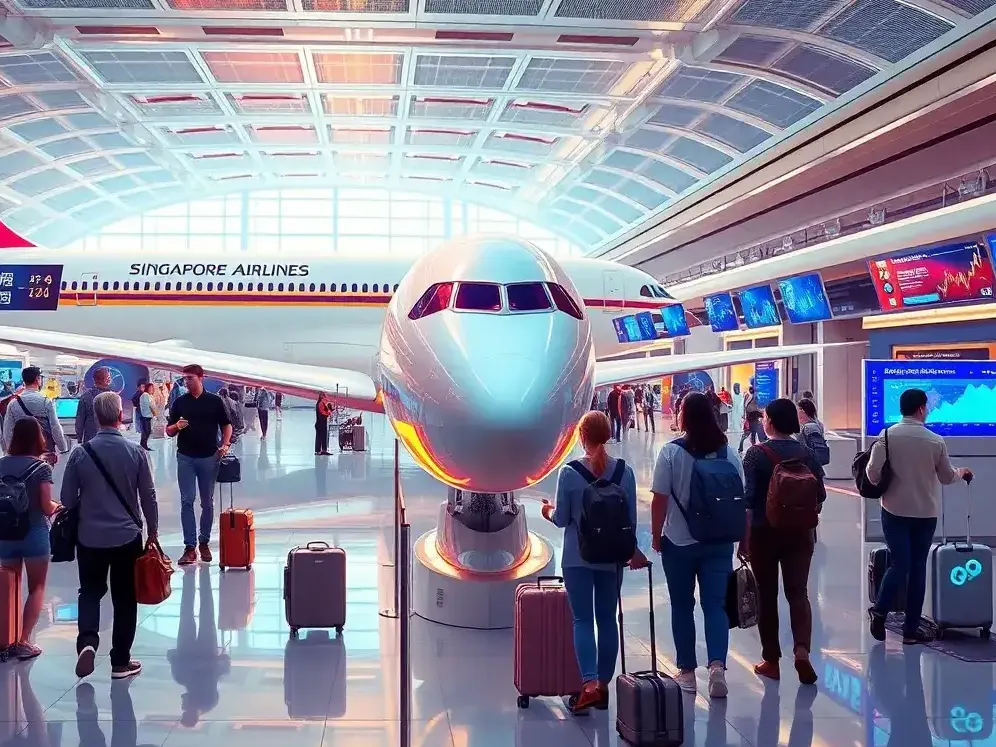

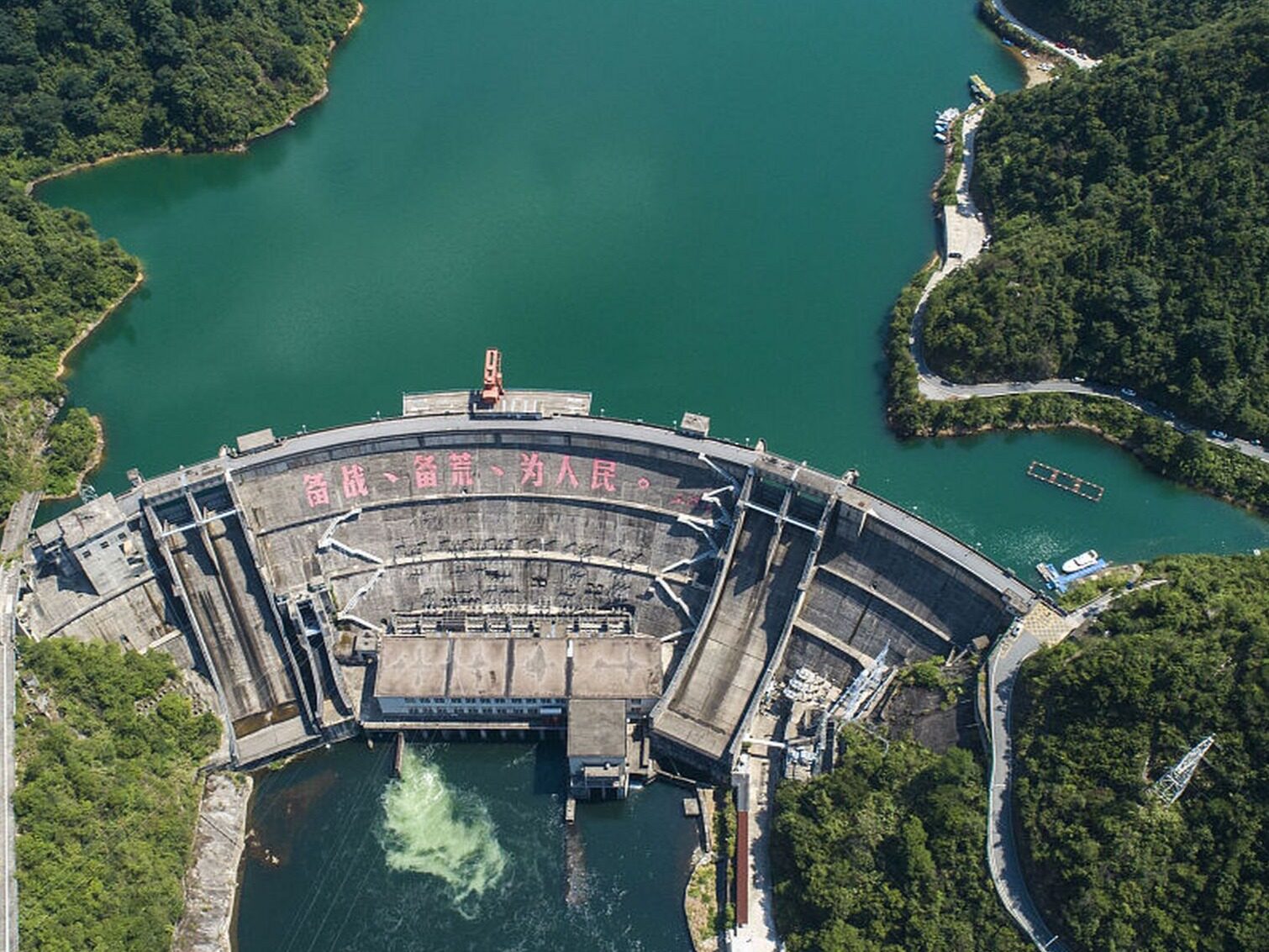






Write something~